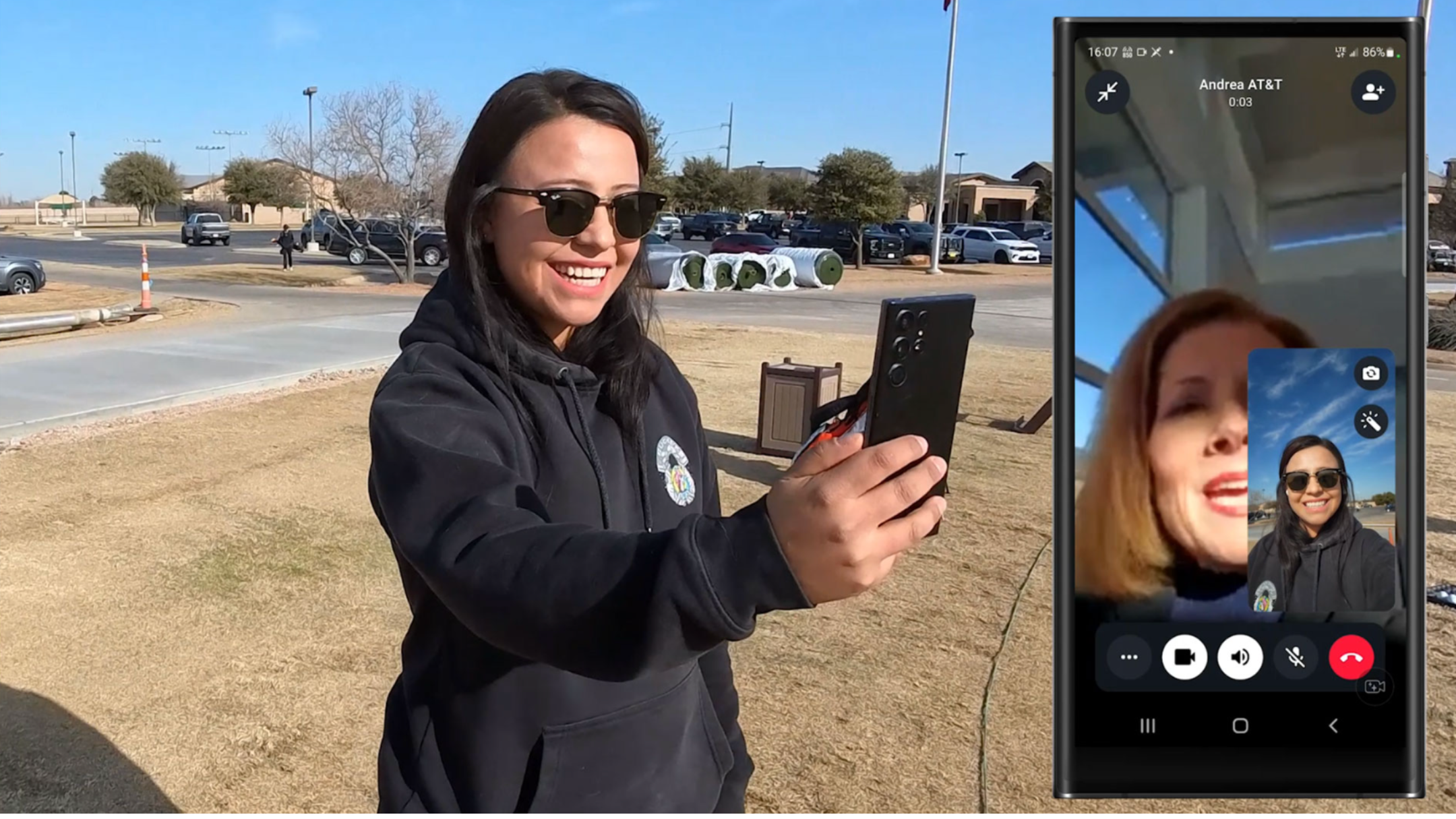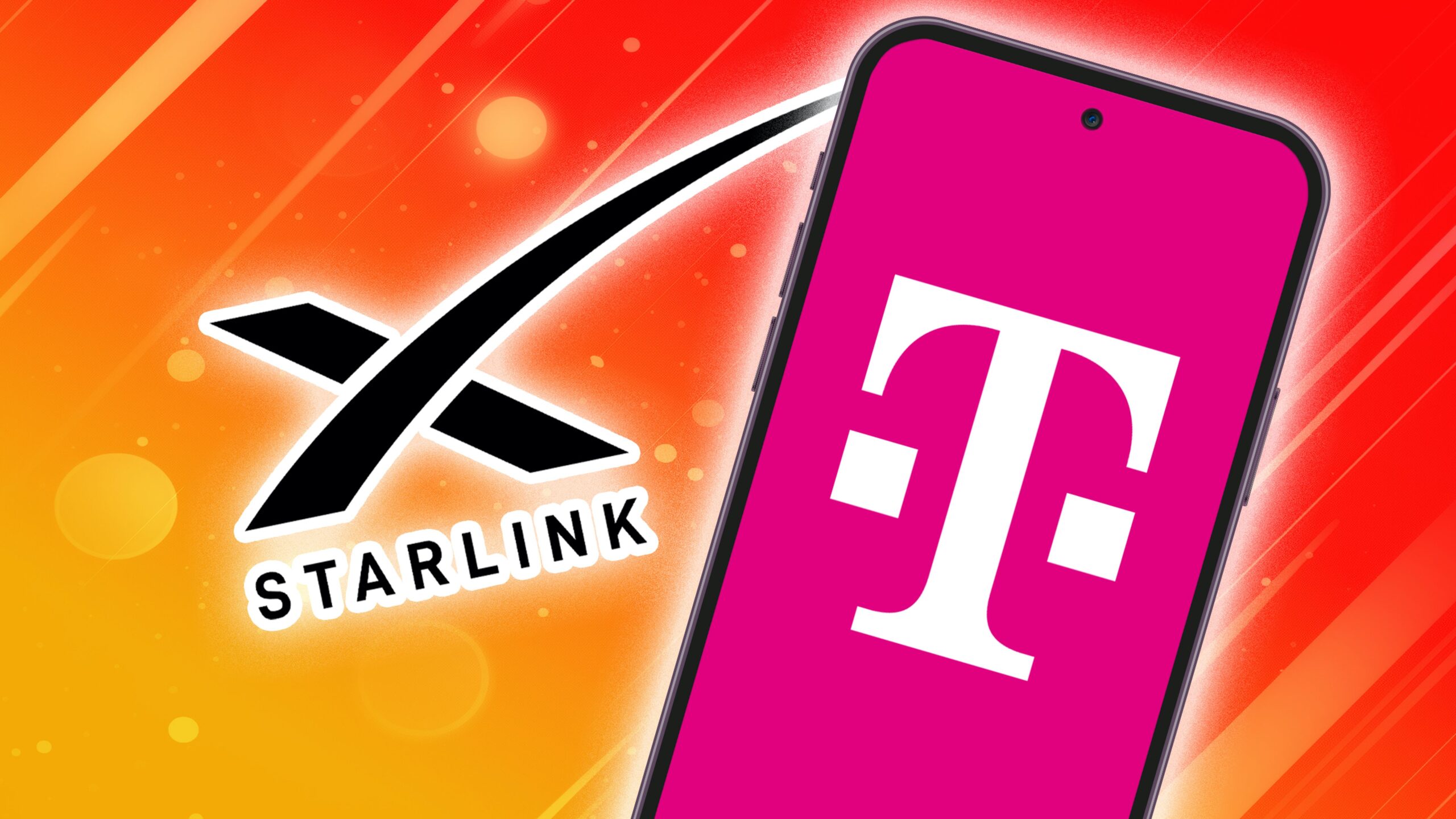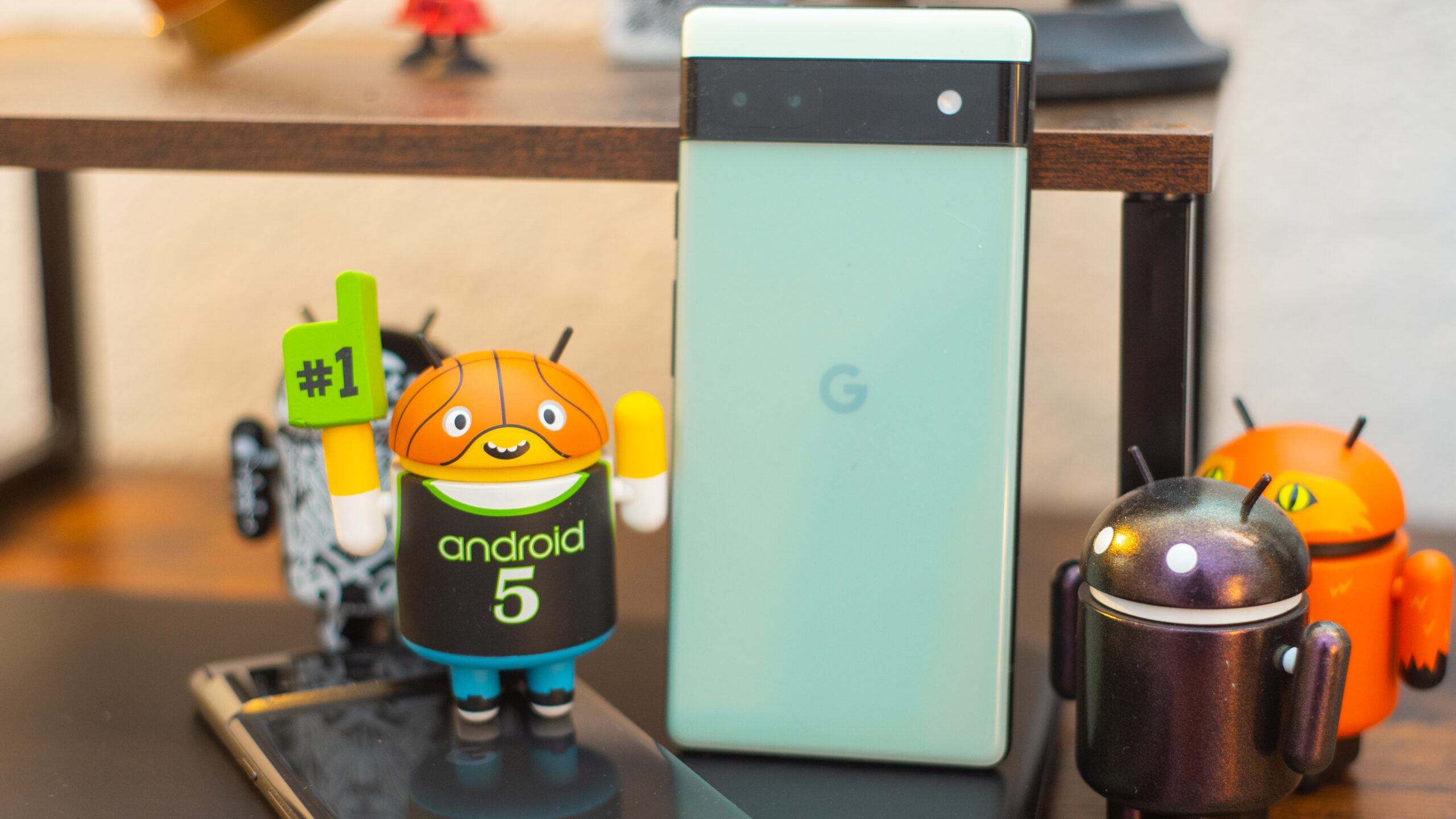Not all satellite cell phone connectivity is created equal. Some requires particular modem components that, so far, only flagships like the Pixel 9 and Galaxy S25 series have. But T-Mobile and Starlink have teamed up on something a little different. Direct To Cell transceivers built into Starlink satellites communicate on the 1900MHz frequency, also known as the n2 and n25 bands. Traditionally, however, each phone model needs explicit FCC approval to send and receive data to and from space.
That changes now. In April, T-Mobile and Starlink requested the government waive that requirement for their collaborative satellite texting method, which is available to everybody in America, regardless of carrier. Today, the FCC granted that waiver, making pretty much every US device eligible for the potentially life-saving service (Source: PDF warning – FCC via PhoneArena).
Related
Verizon rolls out satellite texting, but only to certain Galaxy and Pixel users
The satellite-powered texting race is heating up
Universal support for emergency communication
For those who can’t resist getting lost or stranded
Source: SpaceX and T-Mobile via YouTube
It isn’t all that difficult to find dead zones outside major cities. Sometimes, local geography can soak up all your reception just a few miles away from a major population center. In the event of an emergency, there isn’t always time or an ability to trek up a mountain to find a signal.
That’s where T-Mobile and Starlink’s DTC satellite texting comes in. The Starlink modules making up the low Earth orbit constellation don’t just transmit in the high-bandwidth Ku and Ka bands needed for global broadband support. The Starlink v2 satellites also contain transmitters that essentially act as miniature cell towers, communicating in the 1900MHz range supported by nearly every phone in the US.
But, to offer the new service to everybody, T-Mobile and Starlink still had one hurdle to overcome. Before the FCC granted this waiver, older phone models needed additional authorization to communicate with anything in space. Phone manufacturers don’t stand to gain much from applying for that updated authorization well after launching a given phone, which would leave many users out to dry. Even more unfortunately, older phones excluded from authorized satellite texting are also, generally, more likely to get poor reception on the edges of coverage areas.
In approving the waiver, the FCC agreed with the two telecoms companies that revised hardware authorization (which most older phones won’t ever receive) shouldn’t restrict their owners from accessing the potentially critical feature. That means your US-released device is now suitable for T-Satellite texting, and you don’t even have to switch carriers to use it. That’s right: T-Mobile is offering the next-generation safety feature to all US consumers for a modest fee of just $15 per month, with a launch discount of $5 currently available. If you spend a lot of time in the wilderness, that’s not a bad deal.

Related
This Starlink competitor is already being used to make video calls via satellite
AT&T and Verizon aren’t falling behind



